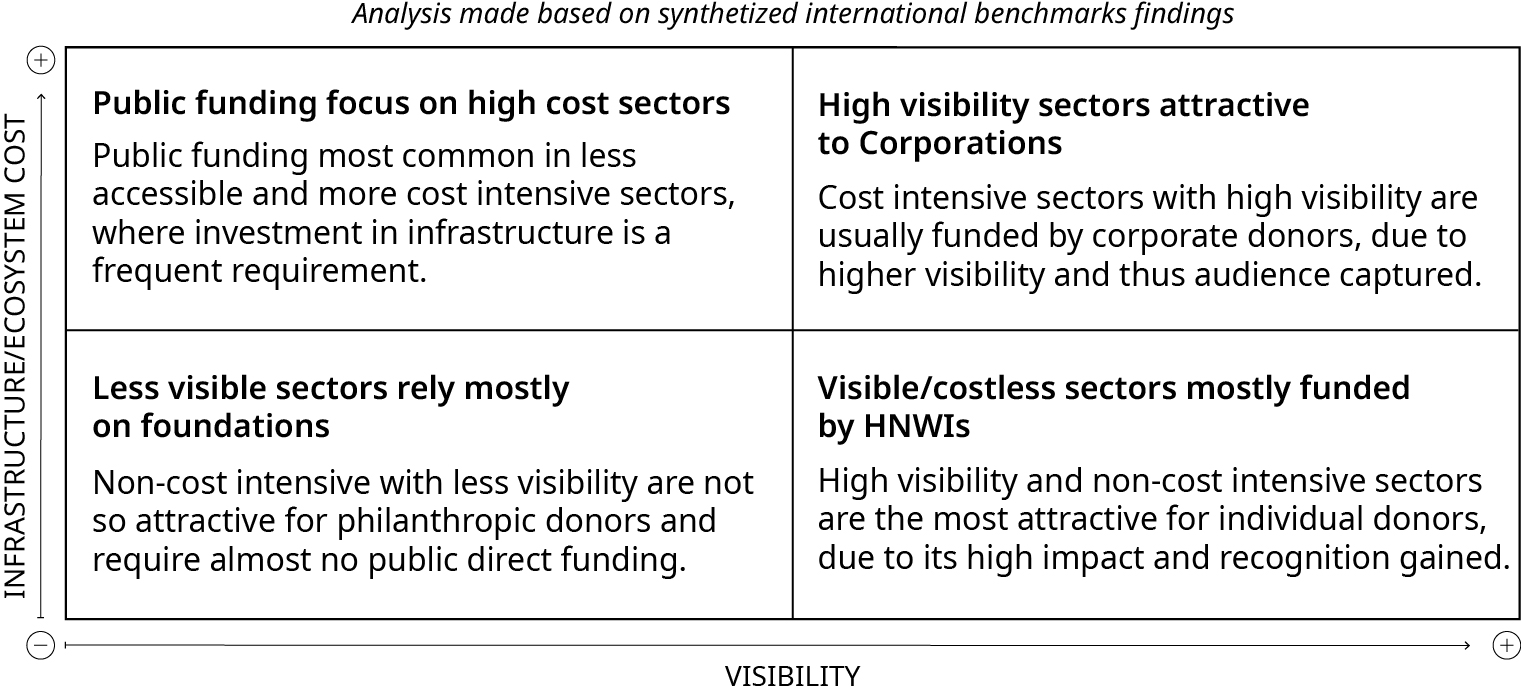This piece was first published on May 5, 2020.
Editor's note: Oliver Wyman is monitoring the COVID-19 events in real time, and we have compiled resources to help our clients and the industries they serve. Please continue to monitor the Responding To Coronavirus Hub for updates.
Culture has become a major asset for some of the world’s biggest economies. It is a source of economic diversification with a meaningful direct impact on GDP and jobs: In the United States, for example, the culture sector accounted for 4.2% of GDP and 4.9 million jobs.
Many of the world’s emerging and newly-industrialized economies also are learning that culture can have a positive indirect impact on a wide range of related sectors, such as tourism, fashion, and music. Moreover, it can play a large role in diplomacy and international exchange, enhancing bilateral relationships with countries of geostrategic importance and improving international perceptions - and have thus embarked on ambitious culture infrastructure programs. However, a reliance on government funding can bring fragility to the sector. Competition for public finance means that culture funding could fall out of favor if it becomes necessary to draft austerity-driven national budgets.
The Covid-19 public health crisis has renewed fears of significant funding cuts. It is therefore critical for policymakers to consider ways to engage and mobilize the nongovernment sector and enable new income streams to emerge.
This report looks at current funding models and summarizes five key levers available to governments to attract non-government contributions.
Sectoral Funding Impact Matrix








